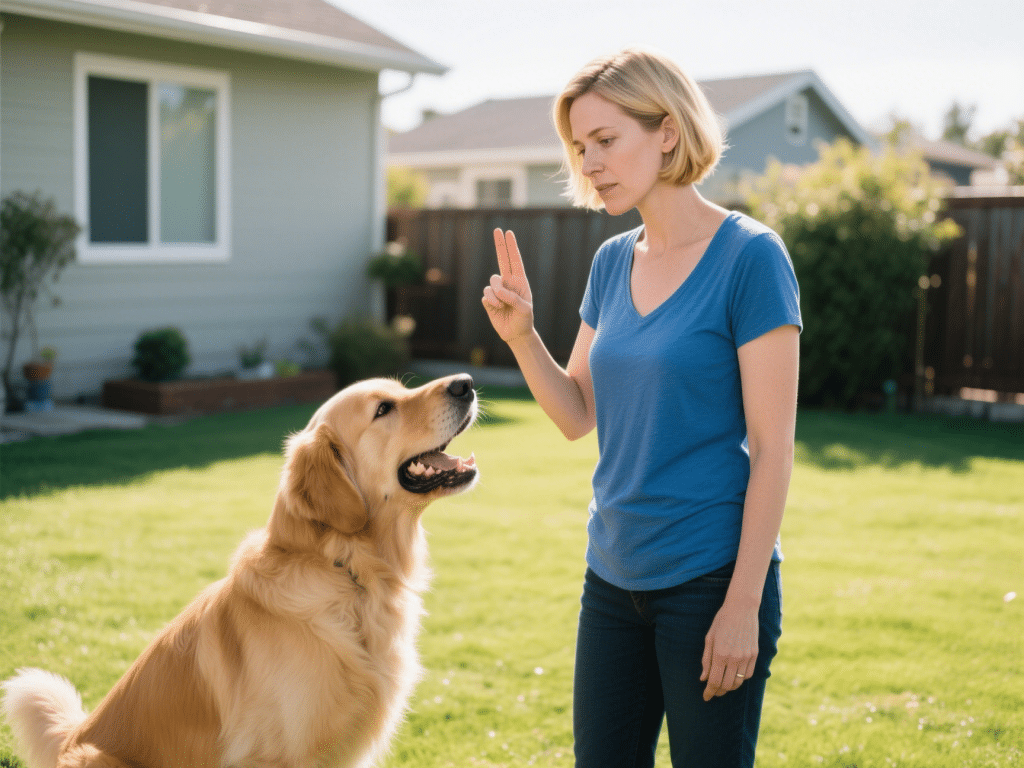How to Deal with Pet Excessive Barking: Solutions and Techniques
Excessive barking is a common yet challenging behavioral issue faced by pet owners. Understanding the root causes and implementing humane, evidence-based solutions is crucial for restoring household peace and ensuring your pet’s well-being. Persistent barking often signals unmet needs, anxiety, boredom, or inadequate training.
Understanding Why Pets Bark Excessively
Alert/Protection: Natural instinct to warn of perceived threats.
Attention-Seeking: Learned behavior to gain interaction, food, or play.
Anxiety/Fear: Stress from separation, loud noises (thunderstorms, fireworks), or unfamiliar environments.
Boredom/Lack of Stimulation: Insufficient physical exercise or mental enrichment.
Compulsive Behavior: Repetitive barking without an apparent trigger, potentially requiring veterinary intervention.
Medical Issues: Pain, cognitive decline (in senior pets), or neurological disorders. Always consult a veterinarian first to rule out medical causes.
Proven Solutions and Training Techniques
Identify and Remove Triggers (Management):
Block visual access to stimulating sights (e.g., close curtains, use frosted window film).
Mask outside noises with white noise machines or calming music.
Provide a safe, quiet space (like a crate or den) if noise phobia is the cause.
Manage greetings: Train guests to ignore the dog until calm.
Increase Physical & Mental Exercise:
Ensure daily vigorous exercise appropriate for breed/age (e.g., long walks, runs, fetch).
Provide interactive toys (puzzle feeders, snuffle mats, chew toys).
Incorporate short, daily training sessions using positive reinforcement.
Teach the “Quiet” Command (Positive Reinforcement):
Wait for a brief pause in barking. Immediately say “Quiet” in a calm, clear voice.
The instant the dog is silent, mark the behavior (use a clicker or a distinct “Yes!”) and reward heavily with high-value treats.
Gradually increase the duration of silence required before marking and rewarding. Practice consistently in low-distraction environments first.
Ignore Attention-Seeking Barking (Extinction):
Crucially: Completely ignore barking for attention (no eye contact, no talking, no touching). Any reaction can reinforce it.
Reward quiet behavior proactively when the dog is settled.
This often causes an initial increase in barking (“extinction burst”) before improvement. Consistency is vital.
Desensitization & Counterconditioning (For Fear/Anxiety):
Identify the trigger (e.g., doorbell, strangers).
Expose the dog to a very mild version of the trigger (e.g., recording of doorbell at low volume, person far away).
Pair the trigger with something highly positive (e.g., chicken pieces) before the dog reacts. Gradually increase intensity/proximity only if the dog remains relaxed. Seek professional help for severe cases.
Manage Separation Anxiety:
Avoid prolonged farewells or overly excited greetings.
Provide engaging, long-lasting treats/toys only when leaving (e.g., frozen Kong).
Practice gradual departures (leave for seconds/minutes, return before anxiety starts, build duration slowly).
Consider professional behavior modification programs; medication may be necessary in severe cases (consult vet/behaviorist).
Consider Calming Aids (Supplementary Tools):
Pheromone Diffusers/Sprays (Adaptil): Mimic calming canine appeasing pheromones.
Calming Supplements: Ingredients like L-Theanine, L-Tryptophan, or milk protein derivatives (Zylkene, Solliquin). Consult your vet.
Anti-Anxiety Vests (Thundershirt): Provide gentle, constant pressure.
Note: These aids support training but rarely solve the problem alone.
What NOT to Do
Yell or Punish: This often increases anxiety and barking. Punishment after the fact is ineffective and damages trust.
Use Aversive Tools: Shock collars, citronella spray collars, or ultrasonic devices can cause fear, aggression, and worsen anxiety-related barking. They suppress behavior without addressing the cause.
Reinforce Barking Accidentally: Giving attention (even scolding), letting the dog inside, or providing food to quiet barking reinforces the behavior.
When to Seek Professional Help
Consult a Certified Professional Dog Trainer (CPDT) or a Veterinary Behaviorist (Dip ACVB) if:
Barking is accompanied by aggression (growling, lunging, snapping).
You suspect severe separation anxiety or fear.
Training progress stalls significantly.
Barking is compulsive or self-injurious.
Consistency and Patience are Key
Resolving excessive barking requires consistent application of the chosen techniques, patience, and realistic expectations. Progress may be gradual. Focus on understanding your pet’s individual needs and motivations. By addressing the underlying cause humanely and reinforcing quiet behavior, you can achieve a more peaceful and harmonious relationship with your companion.










Comments on "How to Deal with Pet Excessive Barking: Solutions and Techniques" :